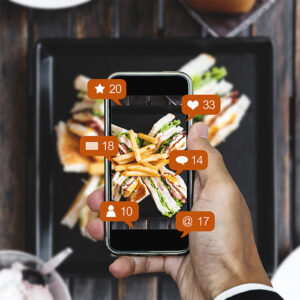
Restaurant Marketing 101: Implementing a Mobile-First Marketing Strategy

Mobile devices have become the backbone of consumer engagement, especially in the restaurant industry. For restaurant owners, this shift presents both challenges and opportunities. As diners increasingly rely on their smartphones for everything from discovering local eateries to placing online orders, implementing a mobile-first marketing strategy has transitioned from a luxury to a necessity.
A well-executed mobile-first approach enhances customer engagement and drives measurable results, from increased loyalty program participation to a stronger bottom line. By aligning marketing strategies with your business goals, you can create seamless customer experiences that capture the attention of your target audience and convert potential customers into long-term patrons.
From leveraging social media marketing for restaurants to optimizing local SEO and developing proprietary mobile apps, we’ll explore advanced strategies to help your marketing efforts outpace the competition.
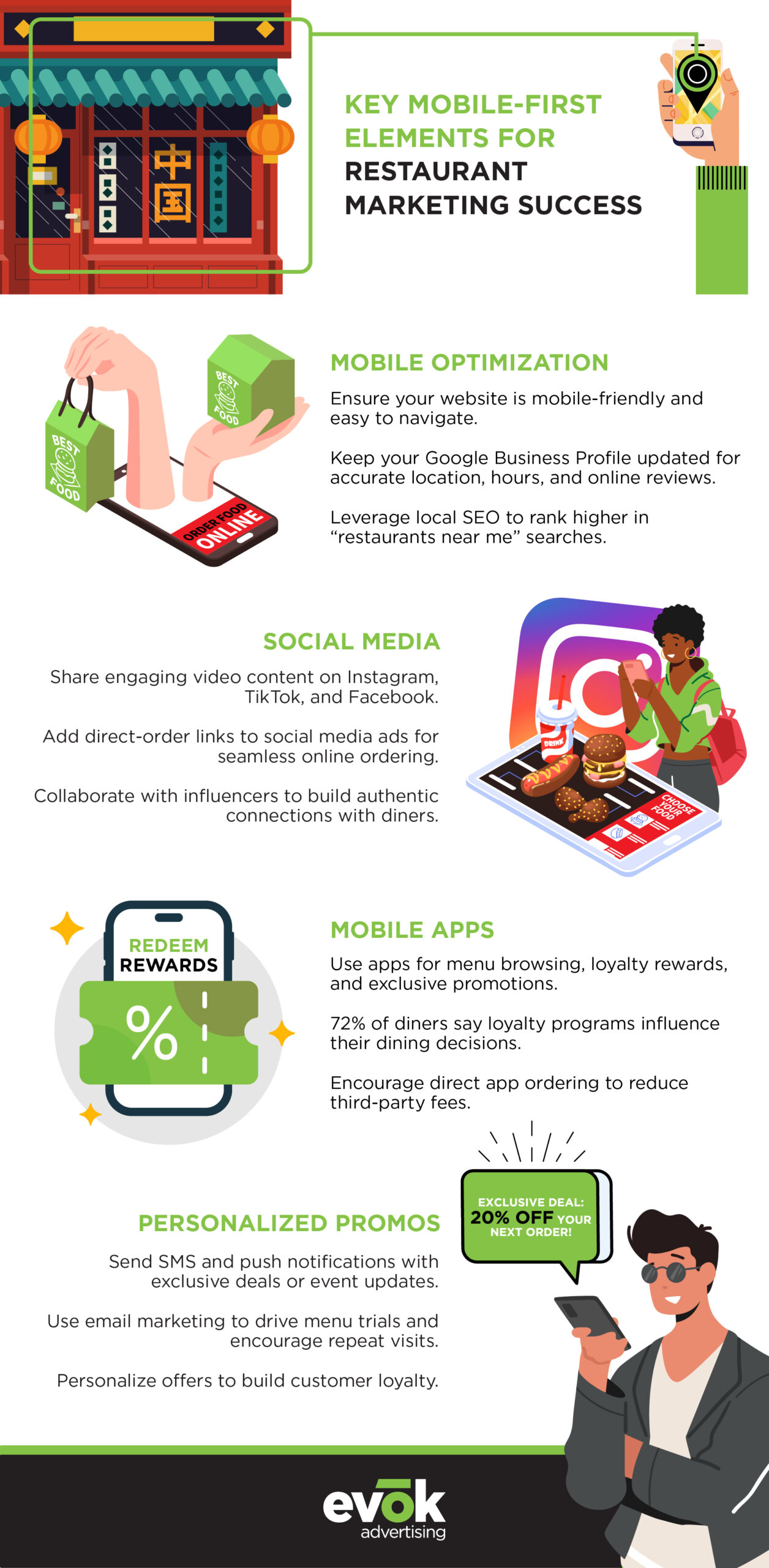
Why Mobile-First Matters for Restaurant Marketing
As mobile devices dominate consumer behavior, they become indispensable tools for diners to discover, evaluate, and interact with restaurants. This shift toward mobile-first engagement offers restaurant owners a unique opportunity to align their marketing efforts with the habits of their target audience.
Catering to Digitally Connected Diners
Today’s diners expect convenience, speed, and personalization. Whether searching for a nearby restaurant on their smartphones, placing an online order, or checking online reviews, mobile devices are central to their dining decisions. Targeting these digitally connected diners is critical for delivery or takeout restaurants. Features like mobile alerts, geolocation tools, and streamlined ordering interfaces make the digital path to purchase seamless, turning potential customers into loyal advocates.
The Power of Being Mobile-Friendly
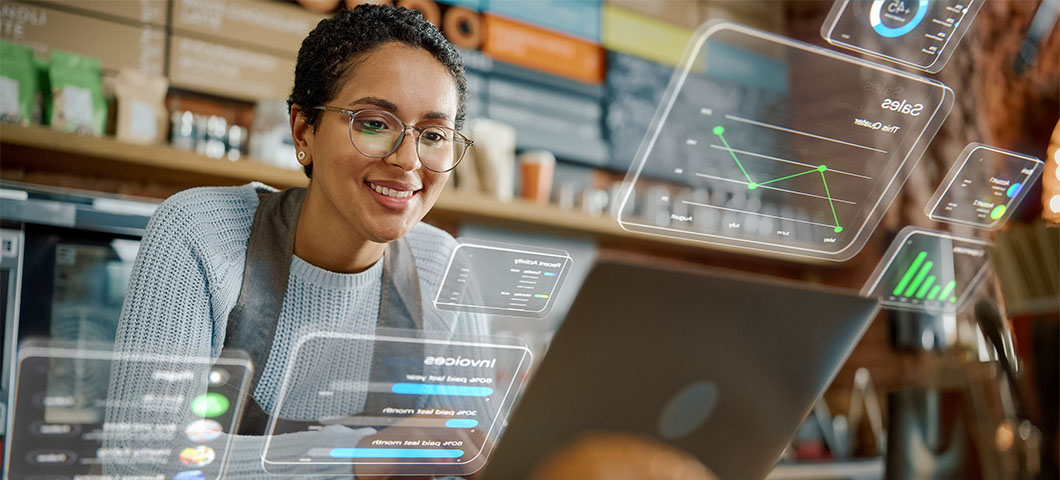
A mobile-friendly approach ensures that your website, menus, and ordering processes are optimized for smartphone users. A clunky website or unresponsive design can frustrate customers and drive them to competitors. Restaurants with mobile-friendly platforms boost engagement and improve their bottom line by simplifying the user journey.
Leveraging Local SEO and Google Business Profile
Mobile-first marketing isn’t just about having an optimized website—it’s about showing up where diners are searching. By maintaining an up-to-date Google Business Profile and focusing on local SEO, restaurants can increase their visibility in search results. Mobile users often search for “restaurants near me,” and appearing at the top of these results can significantly boost foot traffic and online orders.
Core Elements of a Mobile-First Marketing Strategy
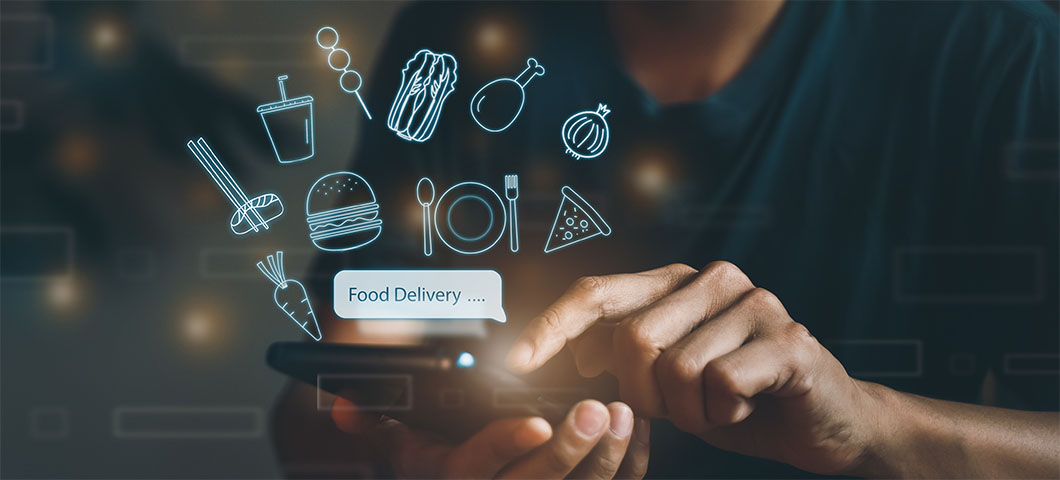
A successful mobile-first restaurant marketing strategy requires a combination of strategic initiatives designed to connect with digitally savvy diners and streamline the customer experience. By focusing on key elements like mobile optimization, social media integration, proprietary apps, and personalized promotions, restaurants can effectively engage their target audience and drive loyalty.
1. Optimizing for Mobile-Friendly Experiences
At the core of a mobile-first strategy is a responsive, mobile-friendly website. This includes easy-to-navigate menus, quick access to online ordering, and a design that seamlessly adapts to any mobile device. An up-to-date Google Business Profile also ensures potential customers can find accurate information about your location, hours, and online reviews. Combined with local SEO efforts, this can increase your visibility in mobile searches. Which in turn can attract more foot traffic and online orders.
2. Leveraging Social Media for Customer Engagement
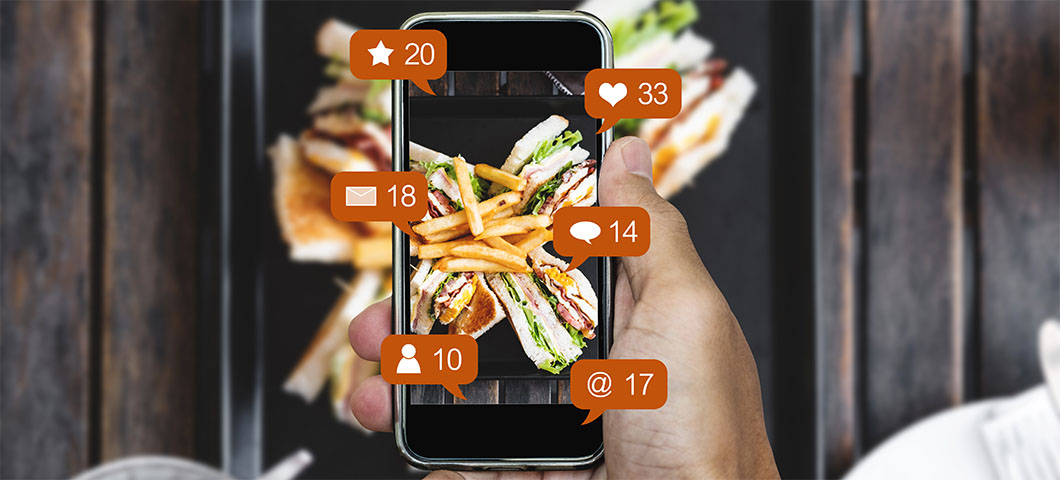
Social media marketing for restaurants is a critical element of any mobile-first strategy. Platforms like Facebook, Instagram, and YouTube enable direct engagement with your target audience through posts, stories, and videos. Integrating direct-ordering links into social media ads simplifies the path to purchase while collaborating with content creators can expand your reach authentically. By connecting with customers where they spend their time, social media becomes an effective channel for building awareness and driving conversions.
3. Using Proprietary Mobile Apps to Build Loyalty
Mobile apps are a powerful tool for fostering loyalty and boosting engagement. They allow customers to explore menus, track rewards through loyalty programs, and place orders effortlessly. Restaurants can encourage app usage by offering exclusive deals, showcasing unique menu items, and promoting limited-time offers. Unlike third-party delivery apps, proprietary apps give restaurants full control over the customer experience while avoiding costly commissions.
4. Offering Personalized Promotions and Incentives
Personalized promotions and incentives delivered through mobile apps, SMS, or email marketing can drive menu trials and foster long-term loyalty. Whether through loyalty program perks, event-specific promotions, or exclusive discounts, these tailored offers create a sense of customer connection and encourage repeat business.
Leveraging Online Reviews and Reputation Management
Online reviews can make or break a restaurant’s reputation in the digital age. With mobile devices enabling customers to leave and read reviews on the go, managing your restaurant’s online presence has never been more critical. For restaurant owners, this represents both a challenge and an opportunity to build trust with potential customers while strengthening their brand’s credibility.
Encouraging satisfied diners to leave positive online reviews can significantly impact your restaurant’s visibility and appeal. Reviews on platforms like Google, Yelp, and TripAdvisor influence a potential customer’s decision and boost your rankings in local search results. Consider integrating review requests into your mobile marketing efforts to make this process seamless. For instance, you can use email follow-ups, SMS messages, or app notifications to prompt customers to share their experiences gently.
Equally important is addressing negative feedback promptly and professionally. A well-crafted response can demonstrate your commitment to customer satisfaction and even turn a dissatisfied customer into a loyal one. Transparency and responsiveness in handling feedback can differentiate your restaurant from competitors who neglect these critical interactions.
By prioritizing online review management as part of your mobile-first marketing strategy, you enhance your reputation and create a positive feedback loop that attracts more potential customers. Combining this with local SEO strategies and a robust Google Business Profile ensures that your restaurant remains at the top of diners’ minds when searching for their next meal.
Advanced Marketing Channels and Strategies
To outpace competitors in the restaurant industry, advanced marketing channels and strategies provide opportunities to capture attention, engage potential customers, and align marketing efforts with long-term business goals. Here’s how restaurants can leverage cutting-edge approaches to elevate their mobile-first marketing strategy.
1. Geotargeted Mobile Advertising
Geotargeted mobile ads allow restaurants to connect with nearby diners who are ready to make a decision. These ads can drive immediate foot traffic and online orders by delivering location-based promotions such as limited-time offers, unique menu items, or loyalty program incentives. Geotargeting ensures that marketing efforts are laser-focused on audiences most likely to convert.
2. Push Notifications for Direct Engagement

Push notifications through mobile apps provide a direct and personalized way to engage your audience. Whether announcing exclusive deals, upcoming events, or special promotions, push notifications can prompt diners to take action in real-time. A thoughtful balance between value-added updates and frequency ensures these messages are welcomed rather than ignored.
3. Analyzing Customer Behavior for Data-Driven Decisions
Tracking customer behavior across mobile platforms is key to optimizing marketing strategies. By analyzing app usage, social media interactions, and website performance, restaurants can gain actionable insights into what resonates with their target audience. A data-driven strategy allows you to improve customer experiences, tailor promotions, and maximize the ROI of your marketing efforts.
4. Using Video Content to Drive Engagement
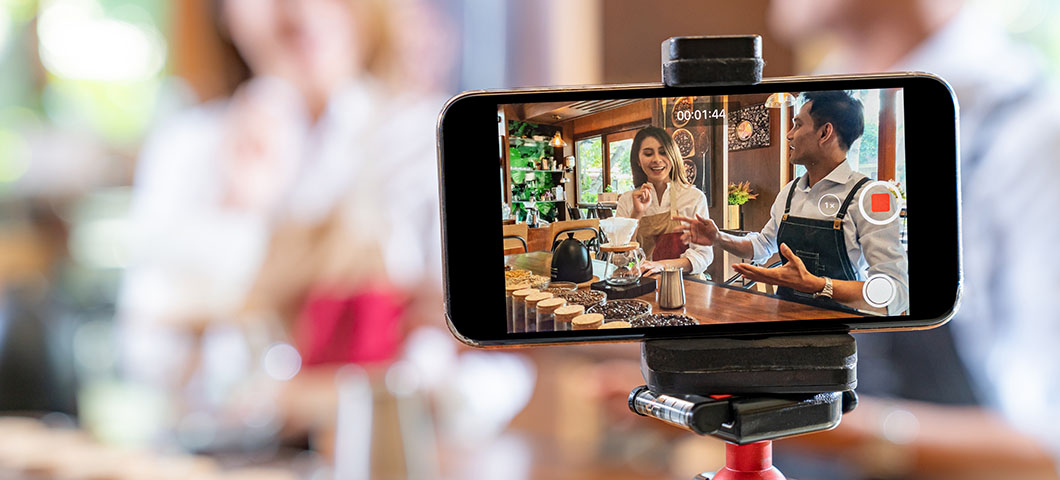
Short, visually engaging video content has become a cornerstone of mobile marketing. Restaurants can showcase behind-the-scenes moments, chef highlights, or new menu items to create an emotional connection with their audience. Platforms like Instagram, TikTok, and YouTube are ideal for sharing these videos, amplifying reach and engagement. Video marketing builds brand awareness and inspires trust and curiosity among potential customers.
5. Testing and Optimizing Campaigns
Continuous improvement is essential in mobile-first marketing. A/B testing mobile ads, experimenting with social media strategies, and analyzing feedback can help refine your approach. Advanced tools like heat maps, conversion tracking, and customer journey analytics provide deeper insights, allowing you to adapt campaigns quickly to changing market trends.
As mobile devices continue to dominate how diners discover, engage with, and support restaurants, implementing a mobile-first marketing strategy is no longer optional—it’s essential. By optimizing for mobile-friendly experiences, leveraging advanced marketing channels, and focusing on customer engagement through social media, loyalty programs, and personalized promotions, restaurant owners can create seamless and impactful interactions that drive both customer satisfaction and revenue.
However, a truly effective strategy requires expert guidance to align marketing efforts with business goals and deliver measurable results. As a Restaurant Marketing Agency, we specialize in crafting mobile-first restaurant marketing strategies that go beyond the basics. With a focus on innovation, data-driven decisions, and cutting-edge tools, we help restaurants capture the attention of digitally connected diners, strengthen their brand, and achieve a stronger bottom line. Are you ready to transform your restaurant marketing strategy and unlock new opportunities for growth? Contact us today to learn how we can help your business thrive in a mobile-first world.